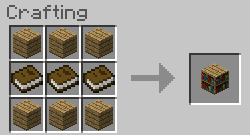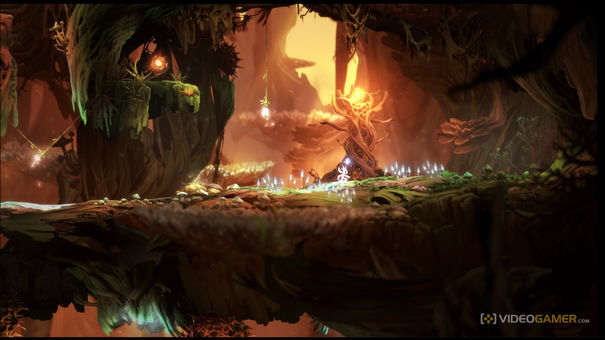The roach evolution mission begins in a Protoss base. You are given command of a group of roaches and must use them to kill a scantipede that you have released, so that you may gather the DNA of the parasite that it contains. You will want to proceed directly to the scantipede and kill it first, at which point Abathur weaves the DNA into the roaches you already have. This converts them into corpsers, which infest their targets with parasites- infested targets will produce a pair of small roachlings when they die, which immediately rush to attack anything nearby with their melee claws. You can immediately kill all the random beasts lurking here to gain a massive edge in the form of a large swarm of roachlings that will easily keep you from losing any roaches- smash your way out of the base, adding roachlings to your force as you go along. The roachlings will engage melee, protecting your roaches in the same fashion as zerglings would, resulting in a very easy first half of the mission.
For the second half, you are given control of a group of pre-altered vile roaches, whose toxic spew is infested with additional microbes. Remember to take advantage of the roach’s ability to heal quickly when burrowed and you should do fine- the reduced attack speed of struck enemies should keep you from losing more than a small portion of your forces, as long as you manage to keep healing in between battles. The final combat with a trio of colossi is a bit touchy since the roaches will tend to focus on the zealots that guard them, but a little bit of micromanagement can keep them from becoming too big of an issue by aiming one or two roaches each at the colossi and leaving the rest to melt the zealots.
The overall difference between the two forms of roach is pretty large. Corpsers effectively bring along their own force of base-power zerglings, producing roachlings as they kill things. The roachlings do have a timer, but it’s long enough that you shouldn’t have to worry about it, and once a force of corpsers begins chewing through a mass of units, they should be able to landslide into victory most of the time- air forces will ruin them, but roaches have always had that problem. Noteworthily, the roachlings will not spawn from destroyed buildings, so if you’re attacking a base with corpsers you generally are going to be hoping the enemy is defending with numbers, rather than a small array of high-power units.
Vile roaches, on the other hand, are hugely effective against emplacements and large enemy units because slowing the attack and movement speed of each enemy hit makes a large difference when every enemy is being hit, and almost none once the enemy starts outnumbering you rather than out-powering you. They are very good for micromanagers, who will be carefully selecting the targets of their attacking units anyways, but poor at best for macromanagers, who will often find that the roaches automatically attack targets that they don’t care as much about slowing.






 Neverwinter Nights 2 Tweak Guide
Neverwinter Nights 2 Tweak Guide Call of Duty: Advanced Warfare multiplayer guide – Exo abilities, loadouts and Scorestreaks
Call of Duty: Advanced Warfare multiplayer guide – Exo abilities, loadouts and Scorestreaks Watch Dogs: Brandon Docks ctOS Control Center – sniper rifle, hack server
Watch Dogs: Brandon Docks ctOS Control Center – sniper rifle, hack server . Plays November 6, 2011
. Plays November 6, 2011 Minecraft How to Find The Ender Dragon and the Rarest Minecraft Block - The Dragon Egg
Minecraft How to Find The Ender Dragon and the Rarest Minecraft Block - The Dragon Egg